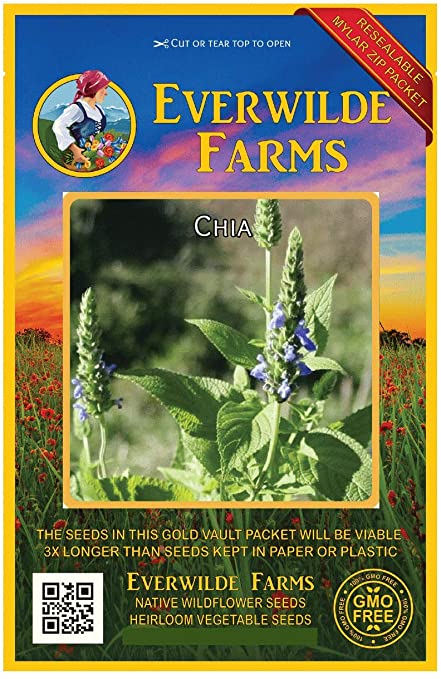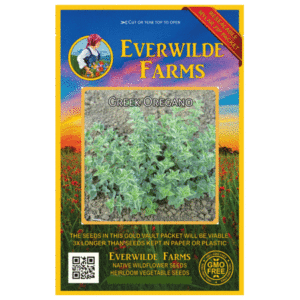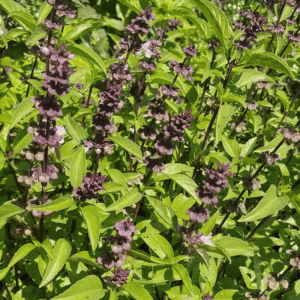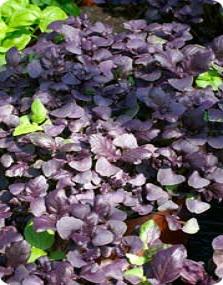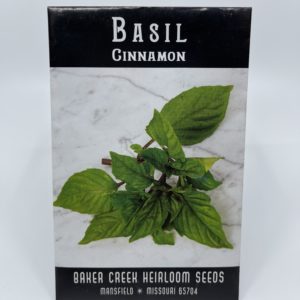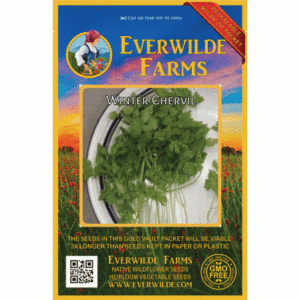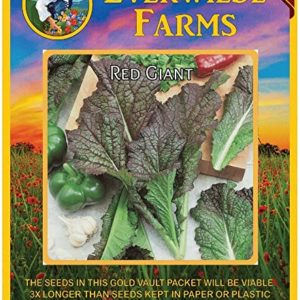المجموع: 1,000 د.ك
بذور شيا
2,000 د.ك
Chia, which originally grew in Mexico and Central America, has been valued as a staple nutrient for hundreds of years; in Mexico, it once acted as currency. With available water, natives could survive on the nutrients of a small amount of chia seeds for an entire day or many days if necessary. Several universities have researched the health benefits of chia and found that a tablespoon of seed could sustain a person for 24 hours even under extreme exertion. The seeds provide essential nutrients and have many medical benefits, as well as being an excellent source of fiber, protein, calcium, and digestive enzymes. Chia seeds also contain one of the highest known sources of Essential Fatty Acids, the highest source of energy in nutrition that regulate many life processes in the body. Not to be outdone, chia leaves contain powerful antioxidants that improve overall health as well as increasing energy. Fresh or dried, the leaves make a therapeutic tea that banishes lethargy and purifies the body.
Sowing: For sprouting purposes, place the chia seeds in a tray and moisten them with water. Cover the tray and keep it at a temperature of 75-85 degrees F for about four days or until they reach 1/2″, the usual size for eating. Start the seeds for planting outdoors 4-6 weeks before the last spring frost, sowing them on the surface of the soil and keeping the flat warm and lightly moist. Transplant the seedlings well after frost, spacing them 12-15″ apart in well drained soil and full sun.
Growing: Chia prefers fairly dry soil, and should not be watered regularly unless drought conditions persist.
Harvesting: Harvest fresh leaves as soon as the plant reaches a height of 6″. The leaves can also be dried for use in tea. If given a long and warm enough growing season, chia will produce seed heads that can be dried and threshed to remove the seed. However, since chia seeds easily absorb moisture, they are prone to mold and other diseases; for this reason, eating untested chia seed may pose a risk.
Seed Saving: Keep in mind that chia originally grew in the tropics, and requires a long growing season to produce flowers and seed; in areas with a shorter growing season, the plant may not have time to produce seed. If seed heads do mature, pick them when they start to turn dry and spread them out away from direct sunlight to dry completely. Thresh them to remove the seed, and store the seed in a cool, dry place.
Latin Name: Salvia hispanica
Species Origin: Mexico, Guatemala
Type: Open Pollinated, Heirloom, Warm Season
Life Cycle: Annual, Tender Perennial
USDA Zones: 8, 9, 10, 11, 12
Seeds per Ounce: 31,000
Planting Method: From Transplant
Sunlight: Full Sun
Height: 48 Inches
Color: Green, Blue
Bloom Season: Blooms Late Summer, Blooms Early Fall
غير متوفر في المخزون


 Delphinium Guardian Mix F1
Delphinium Guardian Mix F1 